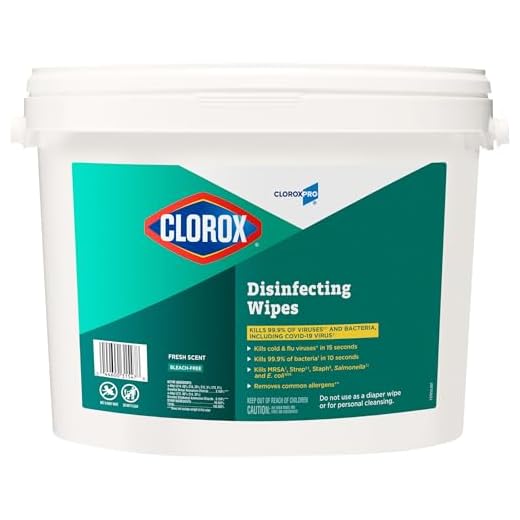



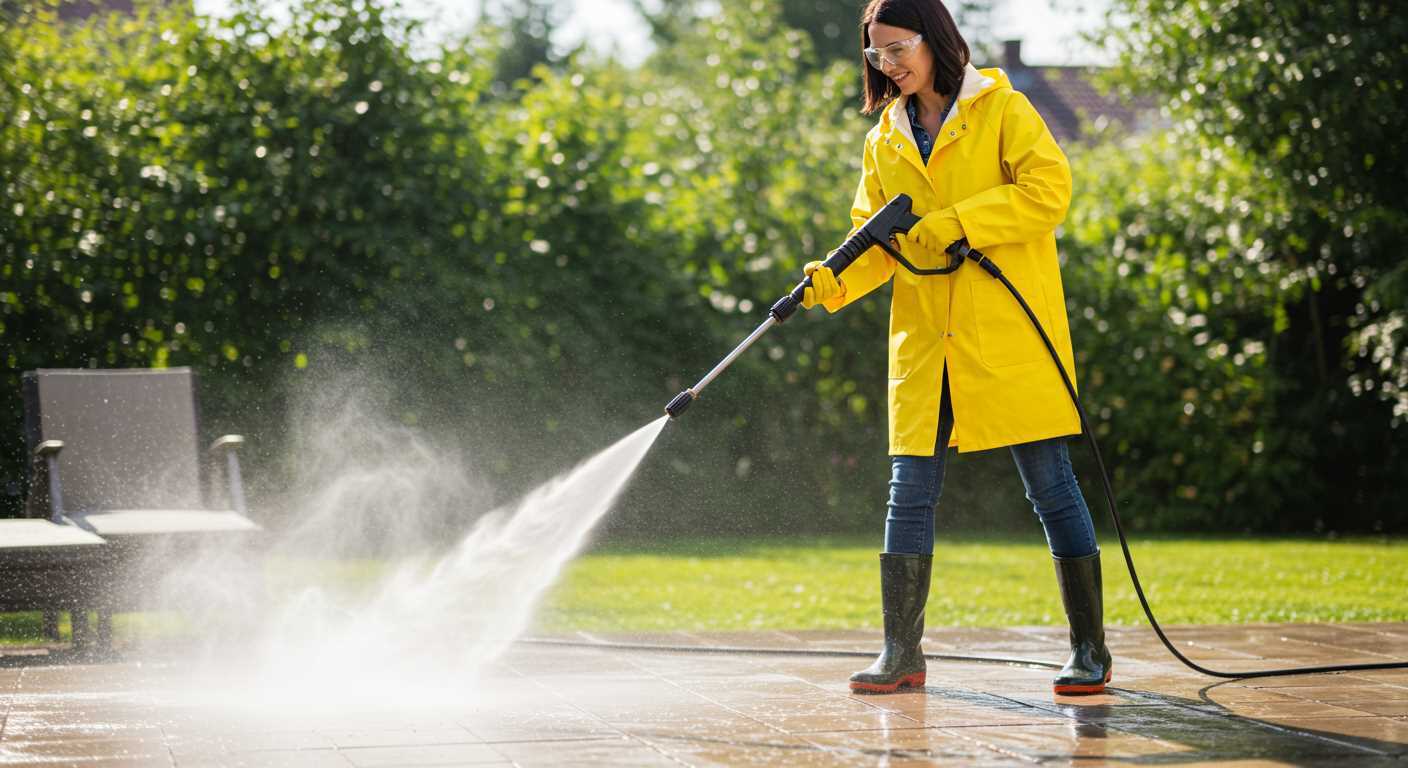
If you’re looking for a straightforward method to restore the beauty of your outdoor paving, consider using a mixture of vinegar and baking soda. This combination not only tackles stubborn stains but also acts as a natural disinfectant. Simply mix equal parts of both ingredients into a paste, apply it generously to the affected areas, and let it sit for 30 minutes before scrubbing with a stiff brush.
Another effective option is the use of a solution made from warm water and dish soap. This gentle yet powerful mixture can lift dirt and grime without damaging the surface. Use a bucket to prepare the solution, then dip a soft-bristled broom into the soapy water and scrub the tiles thoroughly. Rinse with clean water afterwards to reveal a fresh finish.
For those dealing with organic growth like moss or algae, a salt solution works wonders. Dissolve a cup of salt in a gallon of warm water, apply it generously, and allow it to soak in for a few hours. The salt not only helps to kill the growth but also prevents future occurrences. Follow up with a thorough rinse to wash away any residue.
Lastly, consider utilising a homemade scrub made from baking soda and water. This paste can be applied directly to stubborn stains, followed by a good scrub with a brush. It’s a simple yet effective way to brighten up any outdoor area, leaving it looking as good as new.
Effective Techniques for Refreshing Your Outdoor Surfaces

One of the simplest methods I’ve found is using a mixture of baking soda and water. Combine one cup of baking soda with about 2.5 litres of warm water. Apply this solution to the surfaces with a stiff brush. The abrasiveness of the baking soda helps lift grime while the water acts as a carrier. Scrub in a circular motion for best results, and rinse with clean water afterwards.
Vinegar and Water Solution
An alternative I often recommend involves white vinegar. Mix equal parts of vinegar and water in a spray bottle. Spray the mixture generously over the dirty areas and let it sit for about 30 minutes. The acidity of the vinegar breaks down stubborn stains and moss. After soaking, scrub with a brush and rinse thoroughly. This method is particularly effective in damp areas where algae may form.
Utilising Dish Soap for Stubborn Marks
For tougher stains, a simple dish soap solution can be invaluable. Mix a few drops of dish soap with warm water, then apply it with a scrub brush. This technique works wonders on grease or oil stains. After scrubbing, rinse with clean water. Always test a small area first to ensure the surface isn’t affected.
In my experience, regular maintenance using these methods can keep your surfaces looking their best. Scheduling a seasonal clean can prevent the build-up of dirt and make each subsequent clean easier. Remember, consistency is key!
Choosing the Right Cleaning Solution for Your Outdoor Surfaces
Opt for a solution that targets the specific type of stains you’re facing. For organic growth, a mixture of water and white vinegar in a 1:1 ratio can work wonders. Apply it directly to the affected areas, let it sit for about 30 minutes, and then scrub with a stiff brush.
If you’re dealing with grease or oil, dish soap combined with warm water is effective. Use a sponge or cloth to apply the mixture, allowing it to penetrate the grime before scrubbing. Rinse thoroughly with clean water to avoid any residue.
For mineral deposits or hard water stains, a paste made from baking soda and water will serve you well. Spread it over the stained areas, let it sit for a while to loosen the deposits, and scrub it away with a brush.
Commercial products can also be beneficial. Look for biodegradable options that specify their suitability for outdoor surfaces. Always check the instructions and perform a patch test to ensure there’s no adverse reaction with your materials.
Lastly, if you prefer a natural approach, a mixture of lemon juice and salt can help brighten surfaces and tackle lighter stains. This solution is not only effective but also environmentally friendly.
Preparing the Area Before Cleaning Your Slabs
Clear the space thoroughly. Remove all furniture, pots, and ornaments to prevent any damage during the cleaning process. It’s also wise to check for any delicate plants nearby. If you’ve got flower beds or shrubs close to the surface you’re addressing, consider covering them with tarps or cloths to avoid accidental harm.
Gather Necessary Tools
- Broom or stiff brush for sweeping away debris
- Bucket for mixing cleaning solutions
- Protective gloves to shield your hands
- Scraper for stubborn stains
Assess the Condition
Inspect the surfaces carefully. Look for cracks, loose stones, or any structural issues. If you spot any damage, it’s better to address these problems before you start cleaning. Ignoring them might worsen the situation, and you could end up needing repairs later.
Consider the weather as well. Choose a dry, overcast day to avoid direct sunlight, which can cause cleaning solutions to dry too quickly and leave streaks or residues. A cool, breezy day will help ensure your efforts yield the best results.
Using a Scrub Brush for Stubborn Stains
For those tough marks that refuse to budge, grabbing a scrub brush is a practical choice. Choose one with stiff bristles to tackle ingrained dirt and moss effectively. A brush with a long handle can save your back and make scrubbing more comfortable.
Choosing the Right Brush
The bristle material matters. Nylon brushes are durable and suitable for various surfaces. If you’re dealing with delicate finishes, opt for softer natural bristles to avoid damage. Always test a small area first to ensure compatibility.
Technique for Maximum Impact
Apply your chosen cleaning solution directly to the stained area. Let it sit for a few minutes to penetrate the grime. Then, using your scrub brush, apply firm pressure in a circular motion. This method helps lift stubborn deposits while ensuring even coverage. Rinse the area thoroughly after scrubbing to remove any residue and check for any remaining stains that may need a second round.
For particularly challenging stains, consider combining scrubbing with a little elbow grease, perhaps using a scraper for any caked-on debris before the brush comes into play. It’s all about persistence; sometimes, two or three passes are necessary. The satisfaction of seeing a clean surface is worth the effort.
Applying Natural Cleaners for Eco-Friendly Cleaning
For a sustainable approach to maintaining your outdoor surfaces, consider using natural solutions readily available at home. These alternatives are not only effective but also gentle on the environment.
- Vinegar Solution: Mix equal parts of white vinegar and water in a spray bottle. This acidic solution is great for breaking down grime and algae. Apply it generously, leave it for about 30 minutes, then scrub with a brush.
- Baking Soda Paste: Combine baking soda with water to form a thick paste. Spread this paste over any stubborn spots and let it sit for at least 15 minutes. The mild abrasiveness of the baking soda helps lift dirt without scratching the surface.
- Lemon Juice: The natural acidity of lemon juice can tackle stains and discolouration. Apply freshly squeezed juice directly onto the affected areas, allow it to sit for a while, and rinse with water. The pleasant scent is an added bonus!
- Castile Soap: This vegetable-based soap is biodegradable and safe for plants. Mix it with warm water, apply it to the surfaces, and scrub. It works well for removing oily residues.
Always test any solution on a small, inconspicuous area first to ensure it does not cause any unwanted discolouration or damage. Remember to rinse thoroughly after applying these natural cleaners to avoid any residue that could attract dirt in the future.
Regular maintenance using these eco-friendly options can keep your outdoor areas looking fresh and inviting. Give them a try for a greener cleaning routine!
Removing Moss and Algae from Garden Slabs
A simple and effective method for tackling moss and algae is using a mixture of vinegar and water. Combine equal parts of white vinegar and water in a spray bottle. Apply generously to the affected areas and allow it to sit for about 30 minutes. The acidity in vinegar will help break down the stubborn growth.
After soaking, grab a stiff-bristled brush to scrub the surface. Pay special attention to the edges and corners where moss tends to cling. Rinse the area with clean water to wash away the loosened debris.
Alternative Natural Solutions
Baking soda is another excellent option. Mix half a cup of baking soda with a gallon of water and apply this solution to the mossy spots. The alkaline nature of baking soda can help eliminate the unwanted growth. Allow it to sit for an hour before scrubbing and rinsing.
Preventive Measures
To keep moss and algae at bay, consider improving sunlight exposure in shaded areas. Pruning overhanging branches can significantly reduce moisture accumulation. Additionally, regular sweeping can prevent the buildup of organic matter that fosters growth.
Maintaining Clean Slabs: Tips for Long-Lasting Results
Regular upkeep can significantly prolong the appeal of your outdoor surfaces. One effective approach is to develop a consistent cleaning schedule, targeting areas prone to dirt accumulation or organic growth. Aim to inspect your surfaces at least once a month and tackle any visible stains promptly.
Using a combination of natural solutions can greatly reduce the need for harsh chemicals. For instance, a mix of vinegar and water works wonders against stubborn grime. Apply this solution and let it sit for a few minutes before scrubbing with a stiff brush. This not only lifts the dirt but also helps in maintaining the integrity of the surface material.
Another tip is to seal your surfaces after thorough cleaning. Sealing not only enhances the appearance but also acts as a barrier against stains and moisture. Choose a sealant that suits your specific material, whether it’s stone, concrete, or another type. This preventative measure can save you time and effort in the long run.
Furthermore, consider adding a layer of mulch or decorative stones around your slabs. This not only improves aesthetics but also minimises the amount of soil splatter and debris that may accumulate on the surfaces during rainfall.
For anyone looking to explore further cleaning methods, I recommend checking out this informative guide on cleaning the carpet with a pressure washer. The techniques discussed can often be adapted to various outdoor cleaning tasks.
Lastly, if you’re dealing with stubborn moisture after cleaning, using an air compressor can expedite the drying process. For those interested, I found the best air compressor for drying car quite effective. This equipment can help ensure your surfaces dry quickly, preventing any potential slip hazards.
| Tip | Description |
|---|---|
| Regular Inspection | Check surfaces monthly for dirt and stains. |
| Natural Solutions | Use vinegar and water for effective stain removal. |
| Sealing | Apply a suitable sealant to protect surfaces. |
| Mulch and Stones | Add these around surfaces to reduce dirt accumulation. |
| Drying | Utilise an air compressor for quick moisture removal. |

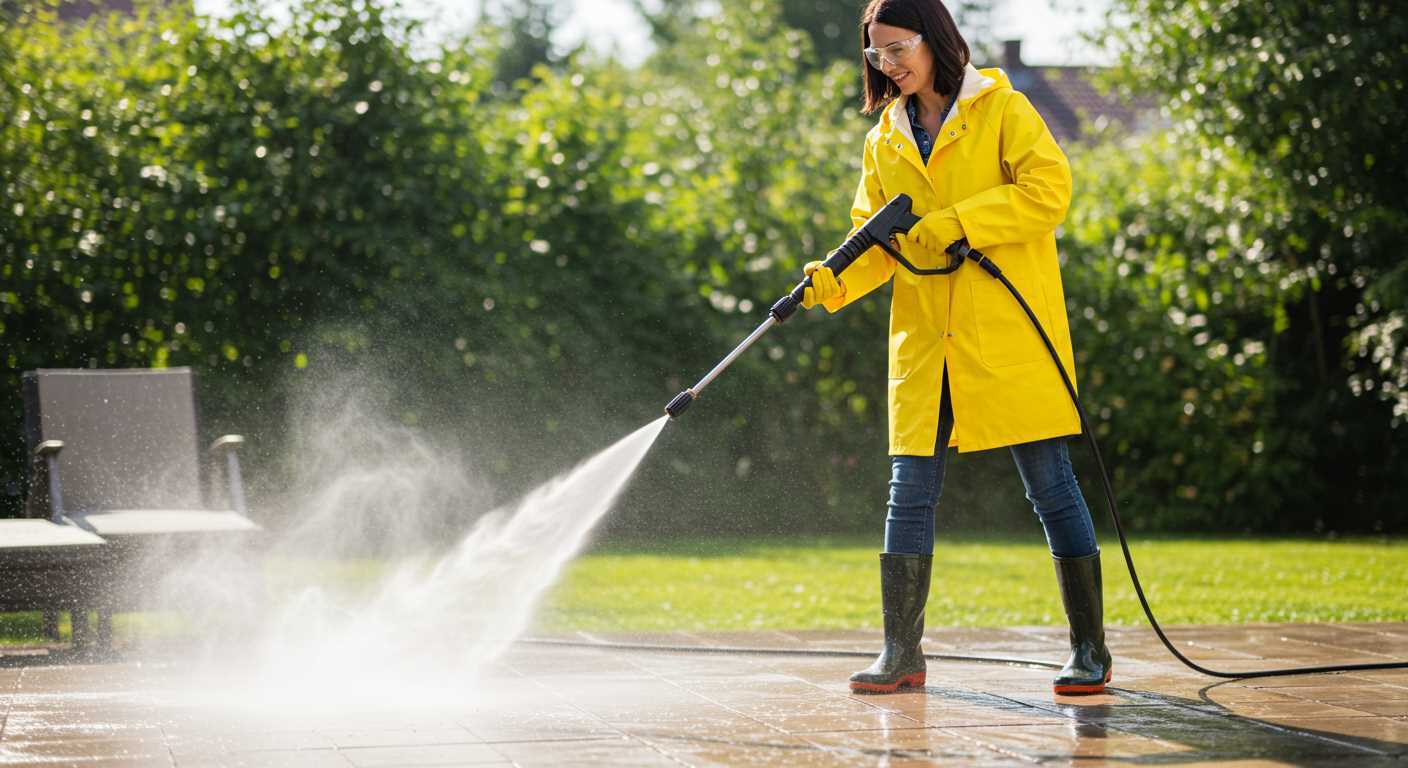
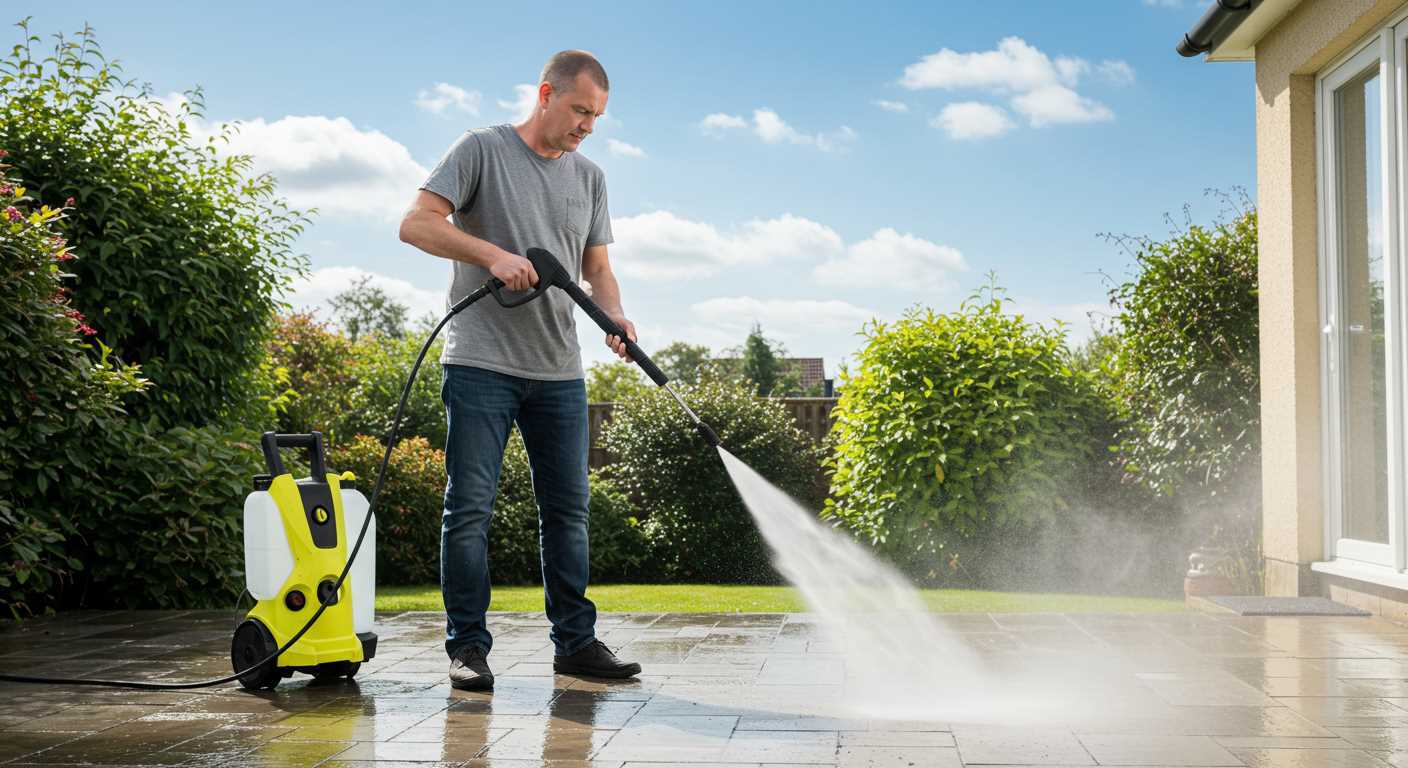
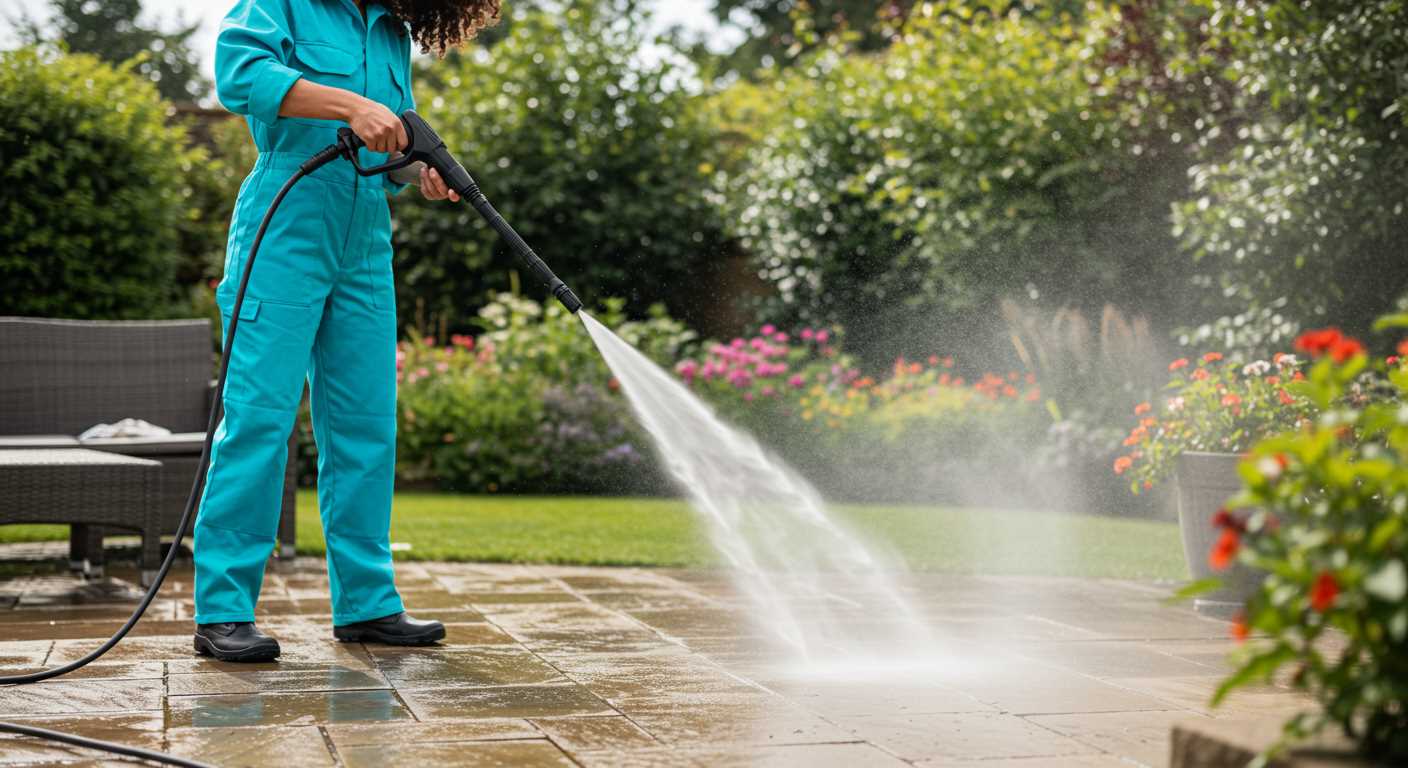
.jpg)


